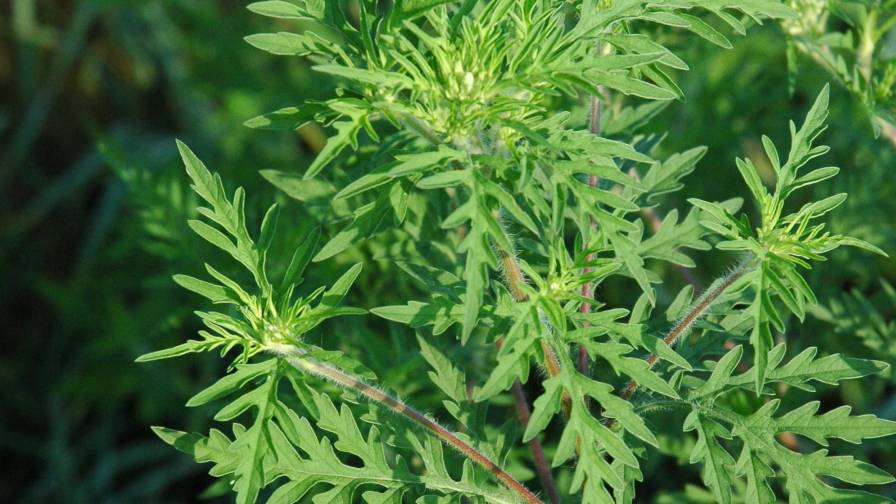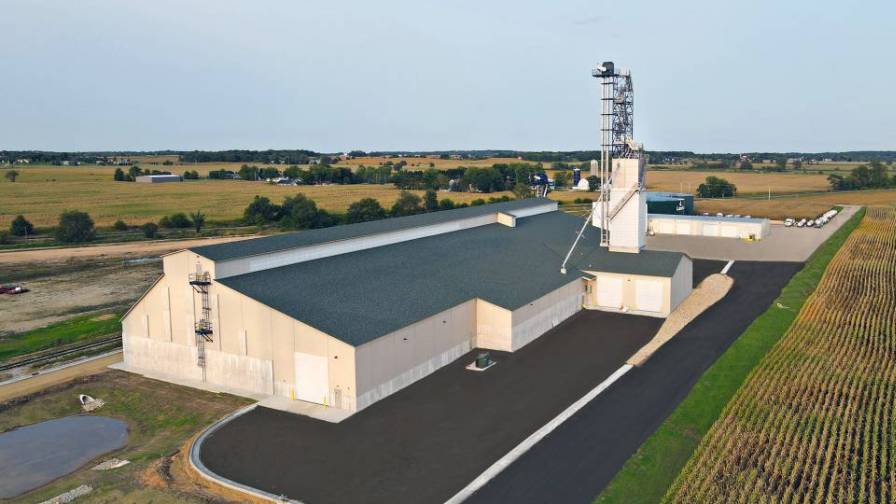Something Fooling Your Greenness Sensor?
When crop prices are low, most farmers tend to manage their resources more conservatively; and some may whittle their fertilizer inputs to just one or two major nutrients, writes Cliff Snyder and Tai Maaz in a recent article in Plant Nutrition Today. If recent soil fertility management and nutrient rates have been excellent, then slight fertilizer cutbacks may only modestly short-change plant nutrition. However, if that strong fertilization history is not the case on your farm, cutbacks in nutrient inputs can be costly. Cutting back on nitrogen (N) — the real “horsepower” in crop nutrition — may severely penalize yields, crop quality, and profits.
Remote sensing by multispectral satellite imagery, crop sensing from airplane or other platforms such as unmanned aerial vehicles (UAVs), and measuring crop greenness using chlorophyll meters or digital cameras — and the calibrated software and geographic information systems that may be linked to each technology — are being increasingly used by skilled farmers and their crop advisers. Some farmers have relied on their own on-farm N rate response trials, while others have trusted their past field-by-field experiences, or state/provincial/regional N rate response trials, to guide N rate management. Perhaps too often, others rely on current season seat-of-the-pants visual evaluation of adequate N nutrition.
Increasingly, more farmers and applicators are split applying and varying the rates of their N inputs for major cereal grain crops (and forages), to better match soil and fertilizer N supply with crop uptake demands, and to hedge against the effects of increasing weather uncertainty. For crop N sensing and greenness tools to work effectively, one must first be certain that other nutrients are not limiting. Even the most sophisticated greenness-sensing tools can be fooled by “hidden hunger” and deficiencies of other essential nutrients like sulfur, zinc, iron, and manganese.






